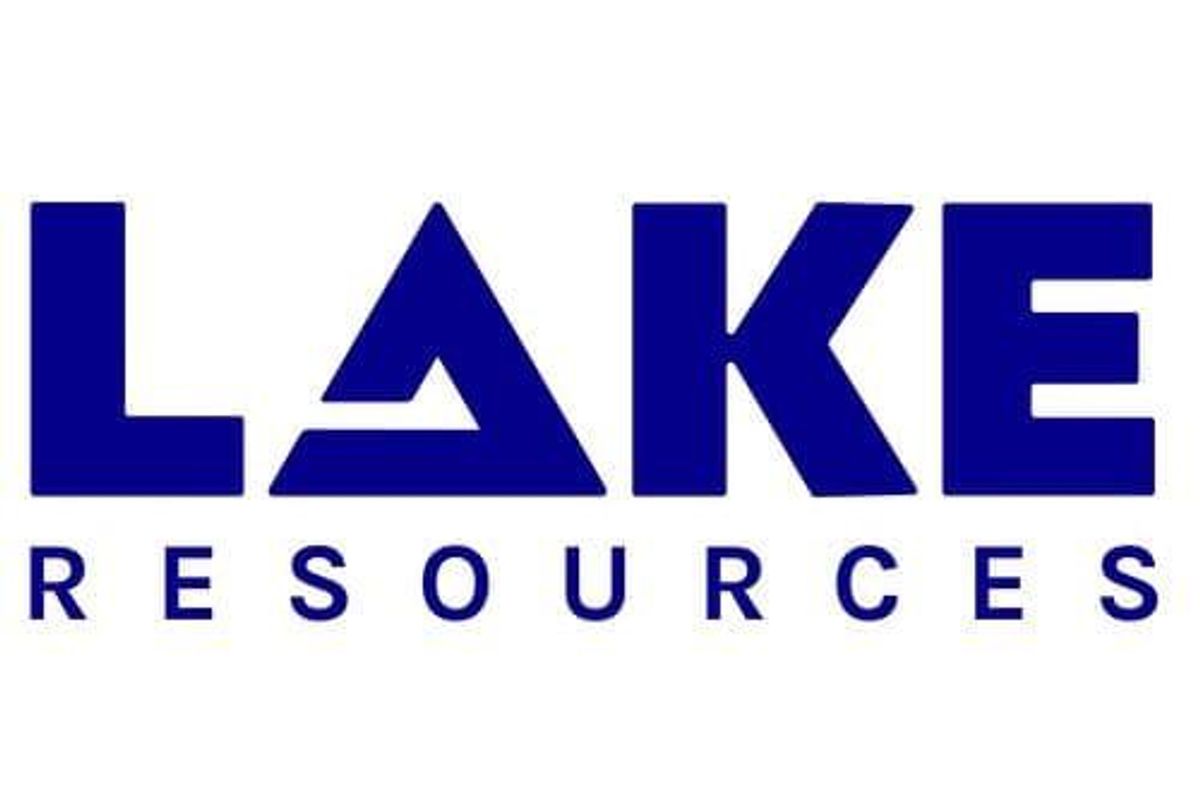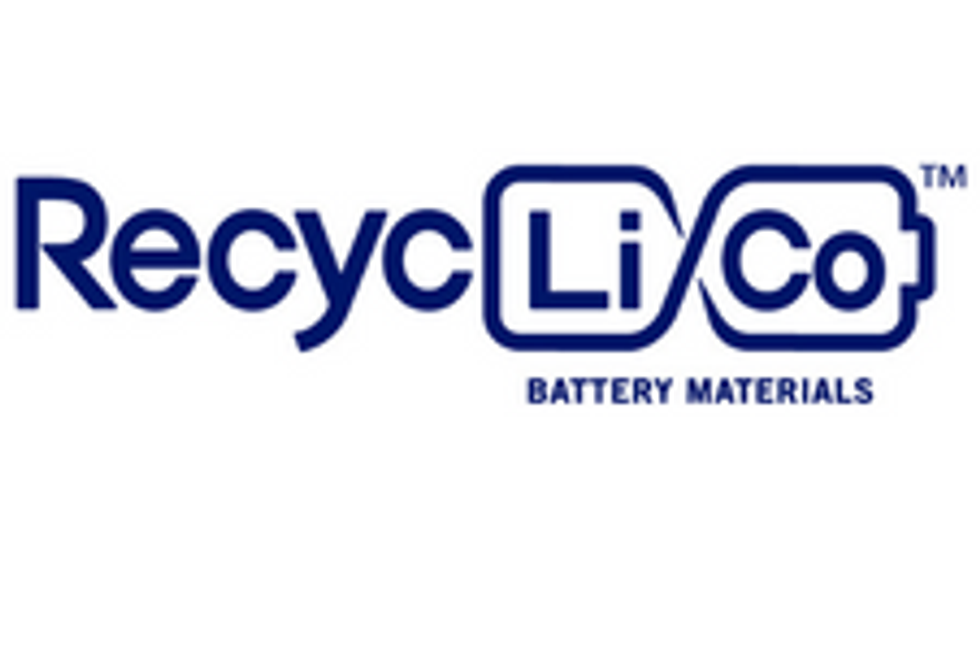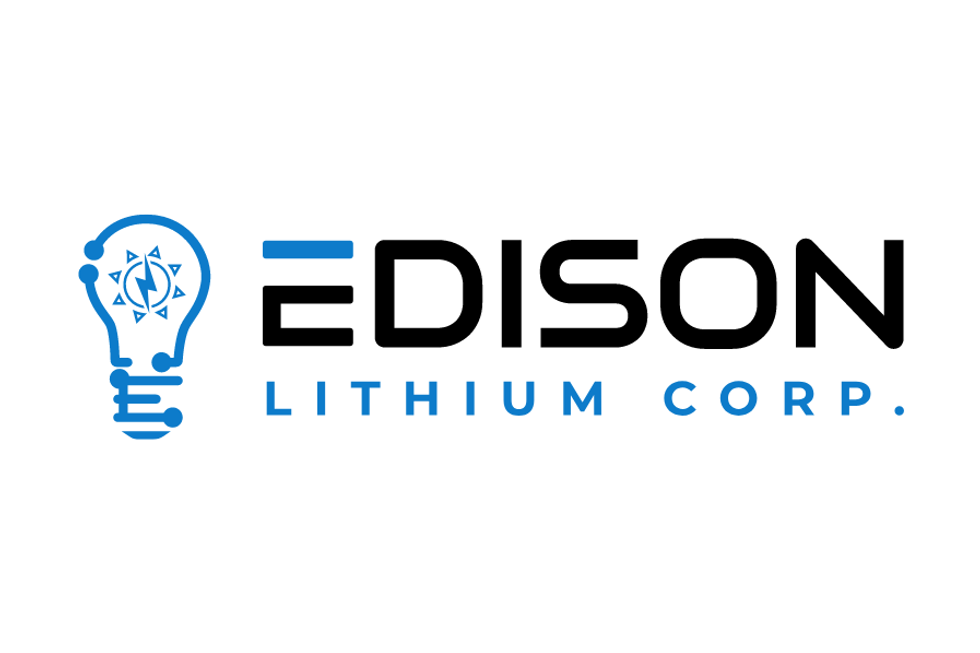- AustraliaNorth AmericaWorld
Investing News NetworkYour trusted source for investing success
- Lithium Outlook
- Oil and Gas Outlook
- Gold Outlook Report
- Uranium Outlook
- Rare Earths Outlook
- All Outlook Reports
- Top Generative AI Stocks
- Top EV Stocks
- Biggest AI Companies
- Biggest Blockchain Stocks
- Biggest Cryptocurrency-mining Stocks
- Biggest Cybersecurity Companies
- Biggest Robotics Companies
- Biggest Social Media Companies
- Biggest Technology ETFs
- Artificial Intellgience ETFs
- Robotics ETFs
- Canadian Cryptocurrency ETFs
- Artificial Intelligence Outlook
- EV Outlook
- Cleantech Outlook
- Crypto Outlook
- Tech Outlook
- All Market Outlook Reports
- Cannabis Weekly Round-Up
- Top Alzheimer's Treatment Stocks
- Top Biotech Stocks
- Top Plant-based Food Stocks
- Biggest Cannabis Stocks
- Biggest Pharma Stocks
- Longevity Stocks to Watch
- Psychedelics Stocks to Watch
- Top Cobalt Stocks
- Small Biotech ETFs to Watch
- Top Life Science ETFs
- Biggest Pharmaceutical ETFs
- Life Science Outlook
- Biotech Outlook
- Cannabis Outlook
- Pharma Outlook
- Psychedelics Outlook
- All Market Outlook Reports
Lake Resources’ General Meeting under COVID-19 conditions

Lithium explorer and developer Lake Resources NL provides an update regarding the Company’s upcoming Extraordinary General Meeting to be conducted on Thursday 14 May 2020
Lithium explorer and developer Lake Resources NL (ASX:LKE; OTC:LLKKF or the ’Company’) refers to the Notice of Meeting released to the Market on 14 April 2020 and provides an update regarding the Company’s upcoming Extraordinary General Meeting to be conducted on Thursday 14 May 2020 at 11:00am (AEST) at Automic Group, Level 5, 126 Phillip Street, Sydney NSW 2000. Shareholders are not permitted to physically attend the meeting due to the Government restrictions on physical meetings and health risks associated with COVID-19 and social distancing measures still currently in place.
Shareholders are able to attend the meeting via virtual means by joining the live weblink. Shareholders who wish to attend the Meeting via weblink must register their attendance with the Company by 11am (AEST) on Wednesday 13 May 2020, the day prior to the Meeting, by emailing the Company Secretary at cosec@lakeresources.com.au and including your Holder Name, Address and HIN or SRN. The Company will then provide you with the necessary details to participate in the Meeting via the weblink.
Shareholders are encouraged to submit any questions they may have of the Company in writing to the Company Secretary at cosec@lakeresources.com.au by 5.00pm (AEST) on Wednesday 13 May 2020, the day prior to the meeting. The Company will also provide Shareholders with the opportunity to ask questions during the meeting. No new presentation will be provided. Shareholders are directed to the recent presentation on the company’s website and the recent webinar.
The Company reminds and encourages Shareholders to submit their proxy form to ensure their votes are cast. Proxy forms must be submitted by no later than 11am (AEST) on Tuesday 12 May 2020.
This announcement has been authorised by the Board.
For further information please contact:
Steve Promnitz, Managing Director
+61 2 9188 7864
steve@lakeresources.com.au
Follow Lake on Twitter: https://twitter.com/Lake_Resources
Follow on LinkedIn: https://www.linkedin.com/company/lake-resources/
Website: https://www.lakeresources.com.au
Click here to connect with Lake Resources NL (ASX:LKE) for an Investor Presentation
Outlook Reports
Featured Australia Investing Stocks
Browse Companies
MARKETS
COMMODITIES
| Commodities | |||
|---|---|---|---|
| Gold | 2380.16 | +12.50 | |
| Silver | 28.23 | +0.01 | |
| Copper | 4.46 | 0.00 | |
| Oil | 82.62 | -0.11 | |
| Heating Oil | 2.54 | 0.00 | |
| Natural Gas | 1.75 | -0.01 | |
Investing News Network websites or approved third-party tools use cookies. Please refer to the cookie policy for collected data, privacy and GDPR compliance. By continuing to browse the site, you agree to our use of cookies.





